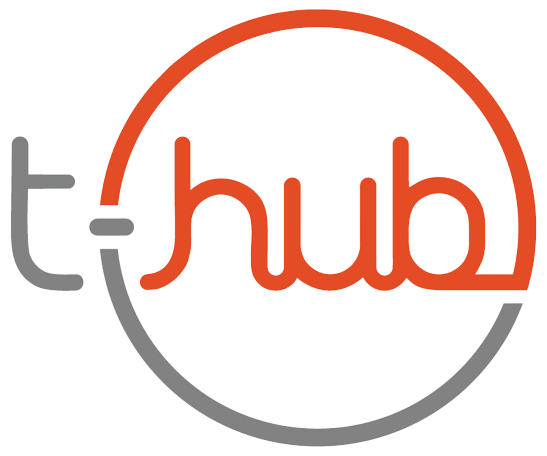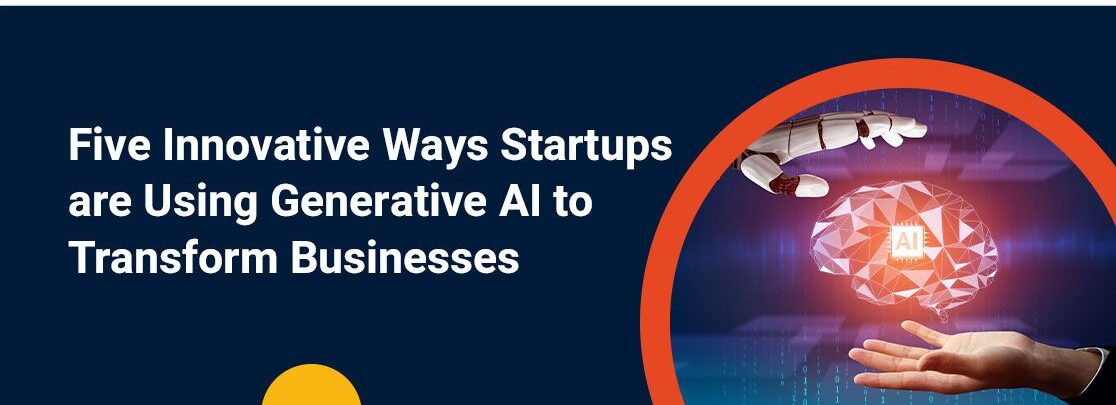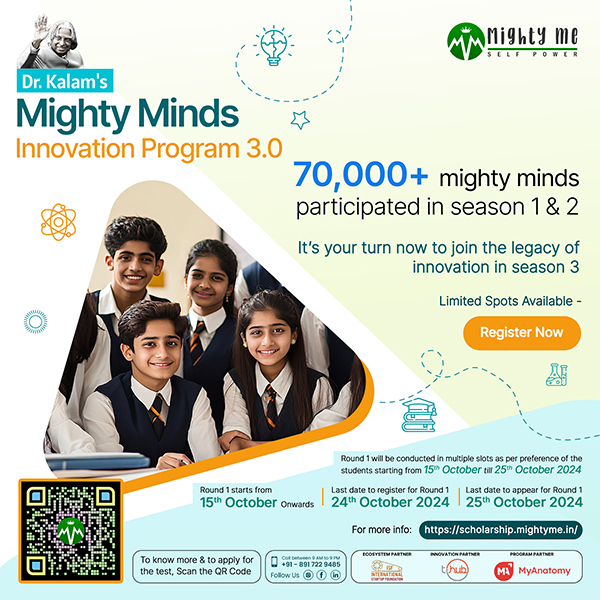Generative AI models like Chat GPT, CoPilot, and Dall-E are gaining prominence by transforming business operations across industries. The innovation ecosystem is changing with AI and ML.
Generative AI is artificial intelligence built on pre-trained, large-language models that can generate or create:
- New content
- Images
- Speech
- Code
- Video
These models are developed using machine learning, deep learning, general adversarial networks, or neural network architectures.
All corporations and startups adopt generative AI, offering them a competitive advantage in scalability, decision-making, and efficiency. The Gartner Report estimates that by 2025, generative AI will account for 10 per cent of all the data produced.
Generative AI as a Creative Assistant
Imagine if an AI is being creative for you. From Ideating products to creating social media copies, drafting press releases, producing music and videos, and writing code, all of this is generated by AI.
Startups feed large datasets into complex algorithms to generate novel and innovative ideas. Through this, startups discover opportunities, reduce production/creation time, gain insights into customer preferences and behaviour, and draw creative inspiration. A Gartner report states that by 2030, a major blockbuster movie will be released with 90 per cent of the film generated by AI, which stood at 0 per cent in 2022(2).
Also, for a struggling startup, the AI models help generate required collateral like drafting a job ad, searching for potential venture partners, or crafting a grant funding proposal. All the output must be vetted for quality, correctness, and utility to ensure it adds value to the business.
For instance, generative AI in the innovation ecosystem has significantly reduced drug discovery costs and timelines in the pharmaceutical industry. The development of a drug from discovery to market would cost about USD 1.8 billion and ideally take about three to six years. However, there have been use cases wherein drugs have been developed with the help of AI in months. Similarly, generative AI applications make an ideal creative assistant.
Revolutionising Sales Operations Through Generative AI
Generative AI is revolutionising how startup innovation approaches sales and customer engagement. A generative AI is a virtual assistant that automates time-intensive tasks like scheduling meetings, composing emails, and preparing notes.
Also, generative AI can replace web-to-lead forms with personalised engagements by producing fast, tailored customer communications based on historical data and interactions. It can reduce the workload of customer service agents while providing fast and accurate responses to customers, thereby deepening existing relationships and acquiring new customers through frictionless buying experiences.
Finally, generative AI can also automate prospecting by crafting personalised emails to engage with the most promising prospects. It can be combined with predictive modelling to forecast customer behaviour and convert prospects into customers.
Generative AI and Personalising Advertising
With the growing number of business entities and similar products, brands must work hard to stand out from their competition to attract customers. One of the ways companies do that is through advertising. Startups can employ generative AI to create personalised ads using customer data.
For instance, an airline corporation used generative AI to produce over 2,000 distinct advertisements (3) tailored to a specific customer based on their travel history, social media activity, and other relevant data. The individual targeting resulted in a 50 per cent increase in click-through rates compared to their standard advertising campaigns.
Generative AI Assisting in Fraud Detection and Risk Management
As more companies adopt digitalisation, it also introduces the need for risk management and fraud detection. This is typically more necessary for fintech startups that handle sensitive financial information and transactions and are prone to hacking. Generative AI can detect abnormal and fraudulent transactions, recognise patterns and verify customer identity. For example, a startup can use generative AI to analyse customer purchase behaviours and identify transactions outside the norm.
It can also help startups maintain an appropriate level of risk exposure and identify possible risk areas. It can assist in minimising losses resulting from inadequate risk management. Therefore, it helps the business make informed decisions and improve the overall security and safety of the company.
Using Synthetic Data to Mimic Real-World Data
Synthetic or artificially manufactured data is becoming popular among organisations because it is more cost-effective and productive than collecting and processing real-world data. Synthetic data enables users to generate data easily, quickly and digitally as per their specifications and in any amount they desire. It is especially beneficial when dealing with large datasets or collecting sensitive data that must be protected, such as compassionate health, personal, and financial data.
Generative AI models can use synthetic data that mimics real-world data’s statistical properties and structure and feed them into different machine learning and AI models to improve their performance and accuracy. A Gartner study showed that synthetic data is expected to account for 60 per cent of all the data used in the development of AI by 2024 (4).
For example, a business that wants to create a single image from a labelling service could spend as much as USD six. However, if the same image is generated through the AI model pre-trained with synthetic data, it would cost about six cents. And all of this can be done while complying with privacy laws and protecting user privacy, as synthetic data supports both of these crucial aspects.
Generative AI will continue gaining prominence, and its market projects will reach USD 110.8 billion by 2030. Asia Pacific is the fastest-growing regional market, with developers focusing on fine-tuning generative AI audio and video models to boost content creation at scale with quality, diversity, and accessibility in mind.
References
- https://www.gartner.com/en/articles/beyond-chatgpt-the-future-of-generative-ai-for-enterprises
- https://fredericgonzalo.com/en/how-generative-ai-is-transforming-travel-marketing/
- https://blogs.gartner.com/andrew_white/2021/07/24/by-2024-60-of-the-data-used-for-the-development-of-ai-and-analytics-projects-will-be-synthetically-generated/






